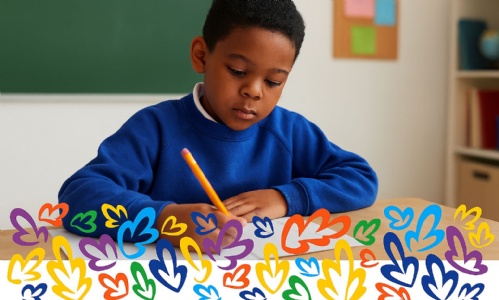Superb maths teaching and learning

Visits to maths lessons show that maths teaching is very strong and engaging across the whole school, from our youngest learners in Nursery to our confident year 6 pupils.
Senior leaders - Peter Dunmall, Clare Haines, Claire Chadwick (SENDCo) and Sean Monks (Maths Leader) - visited maths lessons in every class last week to check the quality of our work. Our unannounced visits to classrooms showed excellent teaching and learning.
Teachers plan lessons carefully so that pupils build their maths knowledge step by step. They use real-life examples to help pupils understand tricky ideas, and they always link new learning to what pupils already know.
In every classroom, we saw pupils talking about maths, using sentence stems like “I know this because…” and working with partners to explain their thinking. Teachers use clear modelling, pictorial representation, and even deliberate mistakes to help pupils spot patterns and deepen their understanding.
We follow Rosenshine’s Principles of Instruction to guide our teaching. This means lessons include small steps, lots of checking for understanding, and chances to practise and apply learning. Pupils use whiteboards to share their knowledge with each other and teachers, talk to partners, and take part in daily review routines like Fluency in Five and Flashback 4 to build confidence and recall.
Importantly, we make sure all children are included. Vulnerable pupils, including those with special educational needs (SEND) and those who need extra help are supported through adapted tasks, targeted questions, and skilled teaching assistant support. Calm classrooms and warm relationships help everyone stay focused and feel safe.
What’s next? For a few teachers, we're working on making our lesson structure even clearer, using an “I do, we do, you do” approach across all classes. We’re also improving how we use maths vocabulary and making sure all of our teaching assistants support small groups during input time.
We’re proud of our maths teaching and learning—and even prouder of our brilliant pupil mathematicians.
Peter Dunmall
